What Is Auxiliary Heat on a Heat Pump? Types, Components & FAQ
-

- Last updated:
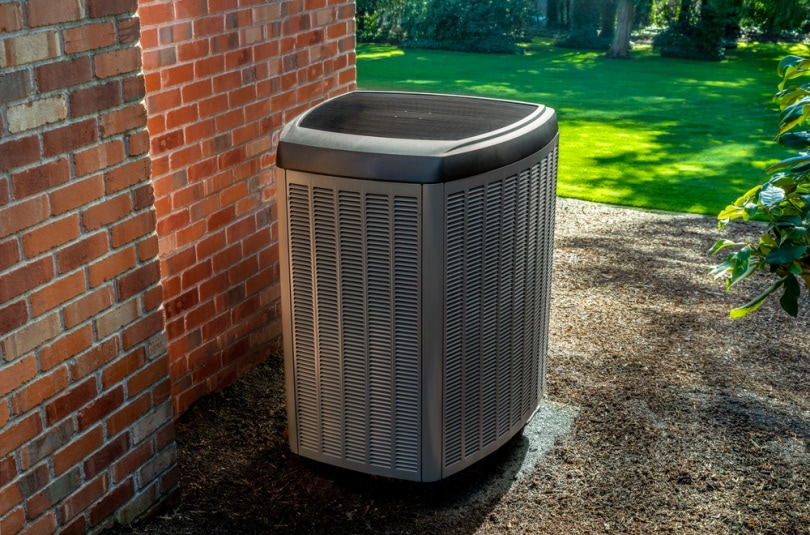
Heat pumps are a fantastic way to heat your home. They use the temperature difference between the outside and inside to transfer heat to or from a building. Sometimes, your heat pump may have temperature adjustments to warm or cool your house. It does this when responding to changing temperatures.
During the winter months, auxiliary heat kicks in automatically and helps keep your home warm while reducing your energy bill. If you are wondering what auxiliary heat is or how your heat pumps use it, you have come to the right place!
We’ll explain what auxiliary heat is and how it works in a heat pump. Also, we’ll discuss various aspects of a heat pump to help you understand auxiliary heat better. So, let’s get right into it!
What Is Auxiliary Heat and How Does It Work?
It’s crucial to understand the different parts of a heat pump and how they work to learn about auxiliary heat. But first, let’s define auxiliary heat on a heat pump.
Heat pumps use a combination of electrical and mechanical means to transfer heat from one place to another. Usually, they’re used in homes to provide heating or cooling.
A heat pump will operate on its backup system if you use it in a space with no heat. This is called auxiliary heat. Auxiliary heat provides supplemental heating power when the primary system fails. It’s also known as electric resistance heating.
The auxiliary heat uses electricity and gas to heat water in a tank. You want to use as little auxiliary heat as possible. Usually, auxiliary heat is used when you have a cold-weather system installed. This system uses an HVAC unit that blows air out of the room and heats the air before it goes back into the room again.
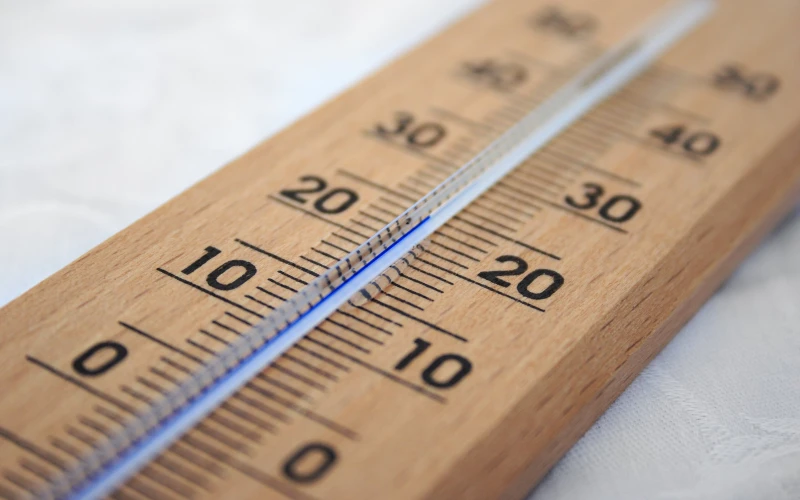
How a Heat Pump Works
A heat pump sucks in warm air from outside into the unit. It’s then cooled and pushed into your home via an evaporator coil. The evaporator coil is made of coils surrounded by refrigerant. It acts like a liquid when it comes in contact with the air.
This liquid refrigerant changes to vapor when it gets warmer than its boiling point. The vapor turns back into liquid when it reaches its boiling point again. So, you have a continuous cycle of evaporation and condensation. The cycle leads to cooling and heating in your home.
Primary Components of a Heat Pump
The Primary Pump
The primary pump is the heart of a heat pump. It’s what makes your system a heat pump.
The main pump has a motor and a fan that draws air through the coils in the unit. The coils heat the air. These coils are made of copper or other materials.
The main pump moves air through the heat exchanger and transfers it from one location to another. As such, this component ensures that the entire system functions well.
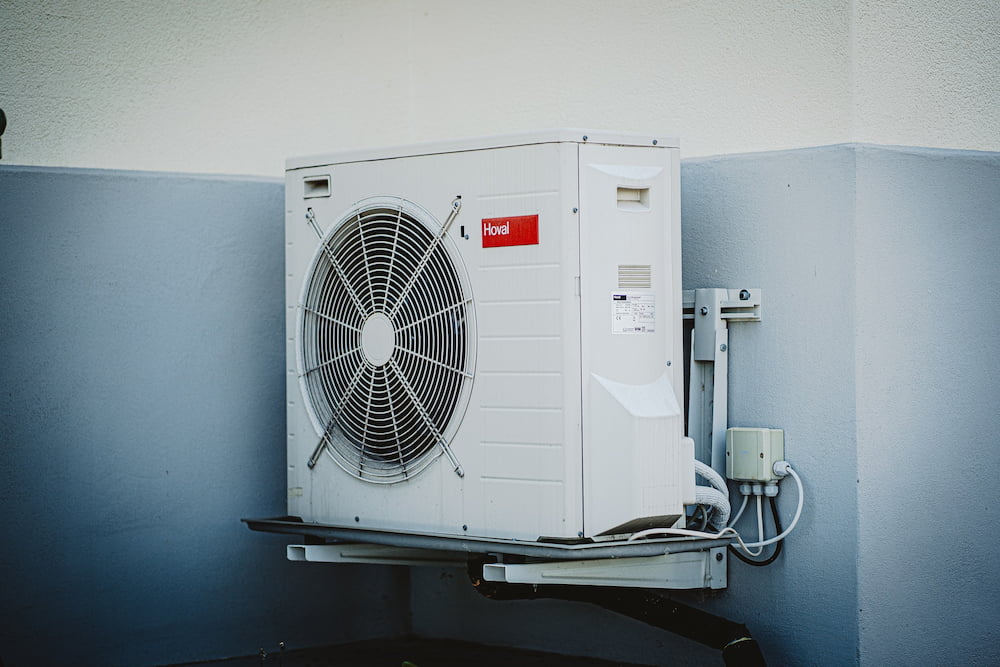
The Evaporator
The evaporator is a crucial component of a heat pump. It’s where the heat is removed from the refrigerant. Also, the evaporator is where the refrigerant comes into contact with a gas or liquid, which absorbs its heat.
The evaporator consists of several different components. They work together to remove heat from a fluid—in this case, refrigerant—and transfer it to another fluid.
The first component is called an evaporator core. It consists of copper coils immersed in oil. The oil cools these coils as they absorb heat from their surroundings. The second component is a radiator. A radiator works like an electric fan. It blows air across the oil-filled coils to cool them down even further. Finally, an outer jacket surrounds both components. It prevents them from touching each other or other parts of your home’s heating system.
The Condenser
The condenser is the outermost component of your heat pump. It cools the heat from the refrigerant. It is made of several metal fins and tubes that allow it to move with the other components of the system.
Usually, the fins are made of aluminum and are thin. However, sometimes the tubes are made of copper, which has a lower thermal conductivity than aluminum but higher than air.
The refrigerant enters as high-temperature vapor and comes out as a high-temperature liquid in the condenser. If the condenser is blocked from the outside, it can get damaged.
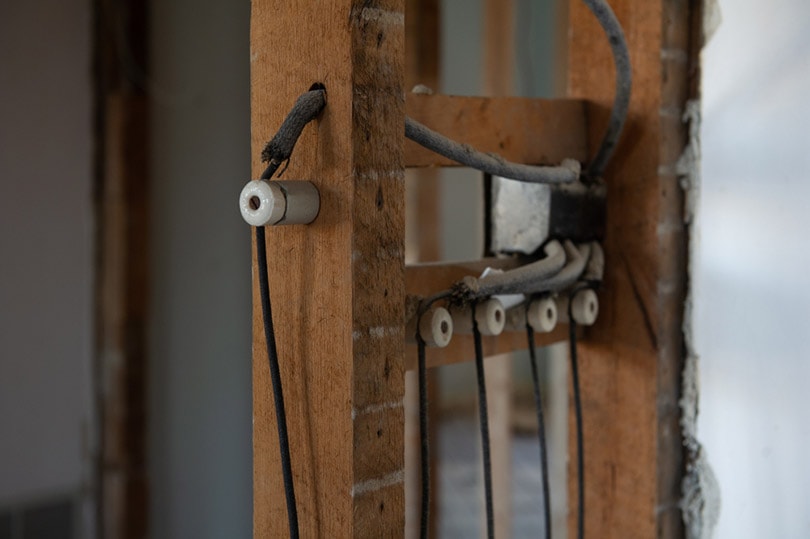
The Expansion and Compression Valve
The expansion and compression valves are located on the outer side of the heat pump. These valves switch from one mode to another. They also control how much refrigerant is released or captured.
The expansion valve converts the refrigerant into gas. Then, it travels through pipes to other components of the system. Once this has occurred, it will be compressed by the compressor, and then it’ll be sent back into the system via another pipe.
The compression valve turns that gas back into liquid form. This way, it can be used again to perform its cooling function.
 What Are the Different Types of Heat Pumps?
What Are the Different Types of Heat Pumps?
There are three primary types of heat pumps. They include:
1. Air Source Heat Pumps
You can find air source heat pumps in both new and retrofit applications. So, you can get one that fits your space. These heat pumps are also inexpensive to install.

2. Water Source Heat Pumps
This one uses a closed-loop system to transfer heat from an outside water source or an indoor unit to provide heating and cooling for your home. The outer water flows through tubes filled with refrigerant. Then, it’s heated by coils inside the unit. A pump circulates this refrigerant throughout your home, creating hot water and cold air as needed.
These heat pumps use water as an energy source. Usually, they offer lower operating costs compared to the electric models. Also, they have better efficiency ratings compared to air-source units because they use water as an energy source. These heat pumps need access to water sources such as a lake or well, though, so they’re not common.
3. Ground Source Heat Pumps
These use a loop of water heated by geothermal energy to turn an electrical generator. They convert mechanical energy into electricity.
Ground source heating systems provide more efficient heating than an electric resistance heater. The only downside is that they are more expensive than other central heating systems. Also, installing ground source heat pumps is more costly because you have to excavate to install underground piping.

Where Are Heat Pumps Used?
Heat pumps are an excellent option for homeowners who want to save money on their heating bills. They are best in areas where temperatures don’t drop below the freezing point.
Heat pumps are used in many places, from single-family homes to large buildings, such as hospitals and schools. They are also used in supermarkets and industrial plants.
They are available in many sizes and configurations, thus being used in different applications. Some provide enough warmth for small areas like basements or garages. Others have enough warmth for entire homes or commercial buildings.
You can retrofit existing heating systems with heat pumps to increase efficiency and reduce operating costs.
- Needs minimal maintenance
- Mitigates carbon emissions
- Safer compared to combustion-based systems
- It’s entitled to the Domestic Renewable Heat Incentive Scheme.
- Inexpensive to run than gas and oil boilers
- Efficient energy-to-heat conversion rate
- Long lifespan of between 20–25 years
- Silent operation
- Reduces the cost of your energy bill
- Installing it is challenging
- When the weather is cold, the heat pump can develop faults
- High initial cost
- Several fluids used in heat transfer are not sustainable
When Do You Need Auxiliary Heat?
You need to add auxiliary heat to your home at the right time of the year. This decision depends on different factors, including whether you live in an area where your home can handle the extra heat without any problem or if it has a history of high temperatures.
Either way, there are several circumstances when it’s worth adding auxiliary heating in your home as seen below.
1. The Outside Temperature Is Below Freezing
Auxiliary heat is crucial when the outdoor temperature is below freezing. It’s also crucial if you live in a cold climate and don’t have a well-insulated home. If your home has a lot of insulation, you don’t need auxiliary heat.
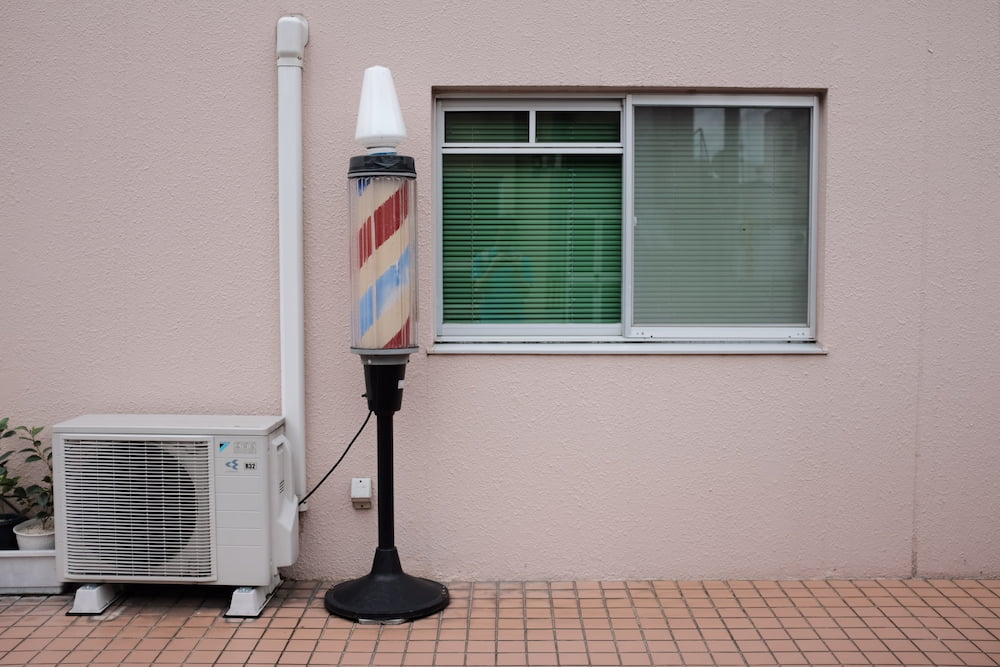
2. Your Heat Pump Is in Defrost Mode
Your heat pump is working to keep you warm during the coldest months of the year. But if it’s in defrost mode, it’s not producing enough heat to keep you comfortable. The result is a decrease in indoor temperature.
The auxiliary heat will turn on if your heat pump is in defrost mode. It’ll stay switched on until the outside temperatures warm up or your home attains the desired temperature.
So, how do you know your heat pump is in defrost mode? Well, here are several signs to look out for:
- The outdoor unit’s fan isn’t operating.
- If you can see water or steam coming out of your outdoor unit
- If there’s flickering light on the unit. In some models, it can indicate that it’s in defrost mode
- Fan noise when changing from heating to cooling or vice versa
- An increase in your electricity bill over time
3. When Increasing the Temperature by 3 Degrees or More
Auxiliary heat turns on when you add three degrees or more to the internal temperature. It may take time before your heat pump increases the temperature indoors. Your heat pump uses auxiliary heat to make sure this takes place.
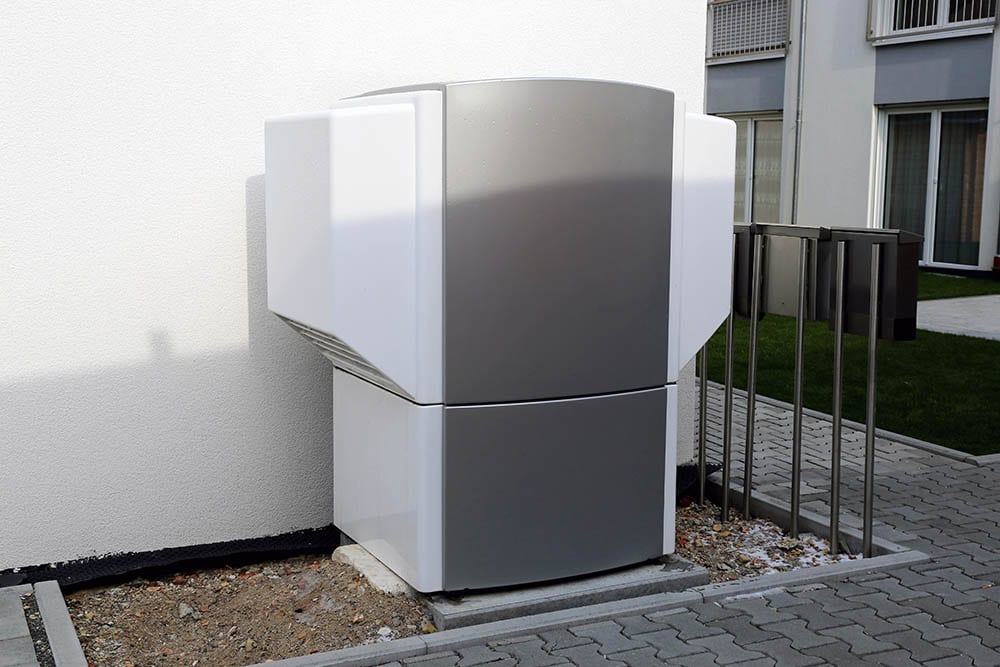
How Do You Prevent Auxiliary Heat From Switching On?
The most common reason a heat pump turns on auxiliary heat is an error in the temperature sensor. The temperature sensor is inside the outdoor unit. It measures the outdoor air temperature.
The sensor sends a signal to the indoor unit to turn on auxiliary heat if it is too cold. You cannot switch off auxiliary heat manually. However, there are several ways you can prevent it from turning on. They include:
- Add Insulation to your House – You can add insulation to your house in many ways. These include spray foam, cellulose, and other types. The most effective way is to install a continuous barrier around your home. It makes it much more difficult for heat to escape through the structure from inside to outside. So, the heat pump will not work hard.
- Let the Sun Warm Rooms if Possible – If you can, allow the Sun to spread heat in your house. This way, you don’t have to rely on auxiliary heat to keep your home warm.
- Close Doors to Rooms That Aren’t in Use – Another crucial tip to prevent heat pumps from turning on auxiliary heat is to close doors to rooms that are not in use. It will reduce the pressure difference between the room and its surroundings by keeping out any cool air that may be entering from outside.
- Maintain Your System – You need to maintain your heat pump well to prevent it from turning on auxiliary heat. Make sure you are getting the proper maintenance done regularly. Clean the heat pump’s filters every 30 days. Also, let an expert inspect it before winter sets in. Doing so will reduce how often auxiliary heat switches on. This way, you can get the most out of this system.
 FAQ
FAQ
1. How long should auxiliary heat run?
The heat pump will provide auxiliary heat when the temperature of the interior falls below a set point. It’s controlled by an indoor or outdoor temperature sensor and a thermostat. The exact time that auxiliary heat will be on will vary depending on the model, but it should be 30 minutes daily for a typical home.
The amount of time that the unit will run varies from model to model and from region to region. So, check with your local dealer or service provider for more information about how long your unit will run.
2. When is auxiliary heat not needed?
You don’t need auxiliary heat if the outside temperature is 40°F or higher. If auxiliary heat turns on at this temperature, your heating and cooling system may be having a problem. So, it’s best to have it checked by an HVAC repair professional before the problem persists.
3. Does auxiliary heat on a heat pump cost you more on energy bills?
If you add auxiliary heating to your system, it will cost more energy than using the heat pump alone. There’s more electrical demand from extra components such as blowers and fans. So, auxiliary heat is 50% more costly compared to conventional heat. The energy used depends on how much auxiliary heating is needed for the system to function well.
4. What is the difference between auxiliary heat and emergency heat?
There’s one primary difference between these two. Auxiliary heat is a secondary source of heat that switches on automatically. On the other hand, emergency heat is when you switch on the secondary heat source. These two heat forms are similar but are labeled differently.
Auxiliary heat maintains a comfortable temperature in the room or home while the primary heat source is off or has issues. Usually, it’s activated by thermostats and turns on automatically when the temperature falls below a certain level.
 Conclusion
Conclusion
A heat pump is an excellent way to reduce energy costs and make your home friendlier. There are several instances that can make auxiliary heat on your heat pump turn on. Auxiliary heat is an extra source of heat that turns on when the heat pump needs to expel more heat than it can generate. It’s helpful in cold weather when there is a high demand for heating.
While auxiliary heat can be a convenient feature, it’s crucial to understand what this function does. In the end, it might not be worth it for some homeowners as it may end up using more energy. We hope this article has answered any lingering questions you had on auxiliary heat on a heat pump.
See also:
Featured Image Credit: David Papazian, Shutterstock
Contents

